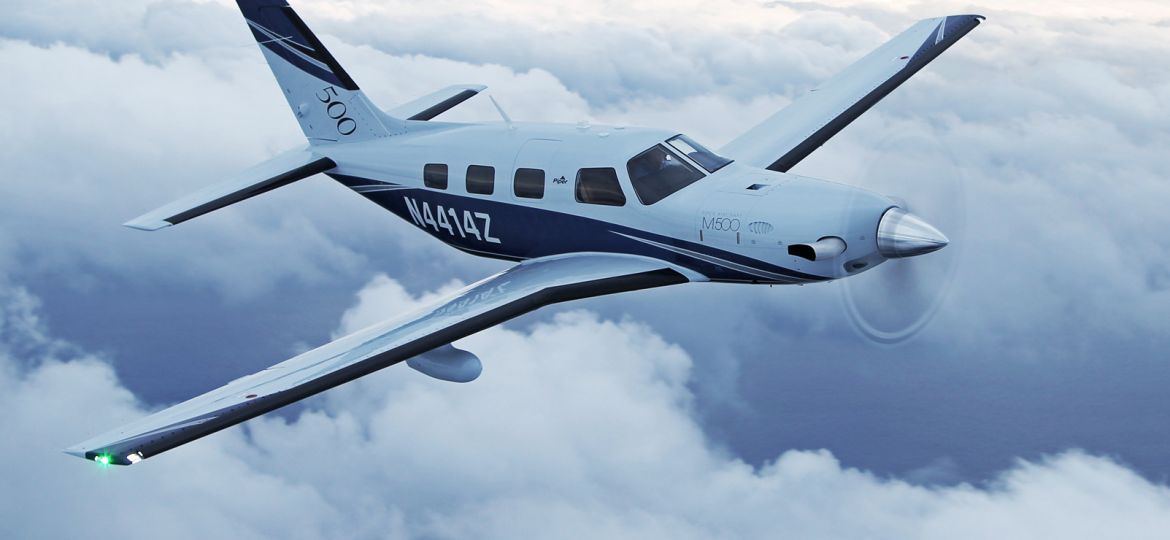
WHY THIS MATTERS IN BRIEF
- As the quality and durability of 3D printed parts increases it is inevitable that more organisations will embrace the technology and reap the benefits
While many people might think that we should have been able to 3D print entire engines, and other industrial equipment, a long time ago the reality is that until recently 3D printers haven’t been able to print parts durable enough for industrial applications. Now though, with GE Aviation have announced that they’ve managed to use 3D printing to set a new aerospace record by managing to 3D print 35 percent of the parts for their latest Advanced Turboprop (ATP) for the Cessna Denali single engine aircraft, that looks like it’s about to change. Furthermore, as a result of the new manufacturing process they managed to realise a 5 percent reduction in weight and a 1 percent increase in fuel efficiency.
The final ATP, which GE estimate will use 20 percent less fuel for 10 percent more cruise power, will be derived from a GE technology demonstrator engine called the a-CT7 which itself uses components 3D printed at GE Aviation’s Additive Development Center (ADC) in Cincinnati, Ohio.
Designed, built and tested in 18 months, the a-CT7 saw 900 conventionally made parts reduced to just 16 printed parts and the final a-CT7 will see those 16 parts reduced even further to just 12, which include the sumps, bearing housings, frames, exhaust case, combustor liner, heat exchangers and stationary flowpath component.
The advantage of 3D printing is that engine prototypes can be built much faster. The ATP combustor rigs, for example, were completed six months early, with the combustor liners printed in just two days compared to two months using conventional manufacturing techniques. This means that new innovations can be bought to market much, much faster giving GE a competitive advantage in the market space and in addition the parts used can be of a single, simpler design which will help to reduce complexity and maintenance time. All win wins.
“With subtractive manufactured parts and assemblies, you traditionally use bolts, welds or other interfaces to attach the parts together, which adds weight to the engine,” says Gordon Follin, ATP Engineering GM at GE Aviation, “on the ATP, additive manufacturing reduces weight by eliminating those attaching features while also optimizing design of the parts.”
GE Aviation says the first complete ATP engine will begin testing at the end of next year and the later versions will use even more printed parts.
Introducing the new ATP engine
















